What is Friction?
Friction is a force that comes into play when two surfaces come in contact with each other.
The Frictional force or the force of Friction acts in the opposite direction of the motion of the object.
The force of Friction opposes the relative motion between the surfaces of two moving objects.
Figure 1 Force of Friction
Factors that can affect Friction
Figure 2 Contact between two surfaces
1. The irregularities of a surface: If we move an object with has an irregular or rough surface on another surface which is also irregular, the force of Friction will be high in this case and the movement of the object would be restricted.
2. The regularity of a surface or its smoothness: If the surfaces of either the objects or are smooth, the force of Friction would be less and the object would move easily over the surface. Even smooth surfaces have a certain irregularity.
3. If two surfaces are pressed hard: the force of Friction increases between two surfaces if they are pressed hard and hence the movement of the object becomes restricted. However, if there is no pressure the object can easily move.
Figure 3 Factors Affecting Friction
Types of Friction
Static Friction: The Frictional force that comes into play until an object starts moving is called static Friction. An object has to overcome the static Friction force in order to start its movement.
Sliding Friction: Sliding Friction comes into play whenever an object moves along the surface of another object. Such a movement is called ‘slide’. Hence, sliding Friction is the force that opposes the movement or slide of an object.
Rolling Friction: When an object is rolling on a surface the force of Friction which acts upon it is called rolling Friction.
Fluid Friction: When an object moves in a fluid, the fluid exerts a fluid Friction upon the object. It is also called air Friction (when the medium of travel is air) and viscous Friction (when the medium of travel is water).
Figure 4 Types of Friction
Rolling Friction < Sliding Friction < Static Friction
Advantages of Frictional Force
1. Frictional force is necessary for various purposes in our daily lives such as:
2. It allows us to walk on the earth surface.
3. It allows us to write with a pen on a surface or a paper.
4. It allows us to fix a nail in the wall.
5. A moving object would never be able to come to the state of rest without the Frictional force.
6. It would not be possible to drive any automobiles on the road without the Friction force.
7. It would not be possible to construct any buildings without the Frictional force.
Figure 5 Advantages of Frictional force
Disadvantages of Frictional Force
Frictional force results in wear and tear of objects such as the moving parts of a machine, the tyres of a vehicle, sole of the shoes etc.
It also results in the production of heat. In the case of machines, the production of heat leads to wastage of energy.
The Frictional force also leads to a decrease in the speed of a moving object or some time stops it.
It can lead to noise pollution in certain cases. For instance, aircrafts produce loud sound due to the resistance of the air.
Figure 6 Disadvantages of Frictional force
How can we reduce or increase Friction?
Increasing Friction: Sometimes we need to increase Friction so as to avoid slipping of objects, for example:
1. The sole of the shoes is grooved so that the Friction between our feet and ground increases and we can walk safely
2. The tyres are treaded so that they can have a better grip over the ground and allow the smooth movement of the vehicles.
3. Brake pads are used in bikes to stop them suddenly from moving by increasing the amount of Friction.
4. Kabaddi players rub their hands with soil which helps in increasing the Friction between the hands and allows them to have an easy grip of the opponent.
5. Gymnasts also apply a coarse substance so that they can have a better grip due to increased Friction in their hands.
Figure 7 Increasing Friction
Reducing Friction: Sometimes in order to have a smooth movement of an object we need to reduce Friction. For example,
a) The powder is sprinkled over the carrom board to decrease the Friction between the board’s surface and the striker. In this way, the surface of the carrom board becomes smooth.
b) Grease is used in bicycles and other motors or different parts of a machine to reduce Friction and increase their efficiency.
c) Oil is applied on the hinges of the door so that they can move easily.
Figure 8 Decreasing Friction
Applying substances like oil, grease or powder allows in smooth movement as they block the irregularities of a surface. The substances that can reduce the amount of Friction between different objects are called lubricants. However, we can never reduce Friction to a level of zero. There are always some irregularities present on the surface.
Figure 9 Lubricants
How wheels reduce Friction?
1. We know that when an object rolls over a surface rolling Friction is produced which resists its motion on the surface. However, its magnitude is lesser than the static and sliding Friction.
2. Wheels are circulating objects that turn around a center point.
3. The wheels allow an object to roll over a surface rather than allowing them to slide over the surface.
4. This results in less Friction and hence easy movement of the object.
5. Rolling Friction is also used in the parts of machines that are moving continuously.
6. In this way, the sliding Friction is removed with the help of rolling Friction and therefore the adverse effects of Friction such as the production of heat or wear and tear of the mechanical parts are also reduced.
7. For instance, ball bearings are being used in fans and bicycles to reduce Friction.
Figure 10 Ball Bearings
Fluid Friction
Figure 11 Fluid Friction
Air, water and other liquids collectively are called fluids. They also exert a Frictional force on the object that travels through them. Such a Friction is called fluid friction or drag. The amount of Frictional force by a fluid on an object depends upon the following:
1. The speed of the object with respect to the fluid.
2. The nature of the fluid, its viscosity or its tendency to resist the flow.
3. The shape of the object.
Fluid Friction comprises Internal and External Friction:
1. Fluids comprise of internal Friction that occurs between the molecules of a liquid as they are also in motion. The viscosity of a liquid, therefore, depends upon the internal Friction.
2. An external Friction in fluids is the force exerted by the fluid on the object that flows through it.
As an object travels in a fluid it loses its energy in order to overcome the fluid Friction. Hence, things that can easily flow in fluids have special shapes.
1. For instance, ships and boats have a particular shape that allows them to resist fluid Friction.
2. Birds and aeroplanes have a specific shape that allows them to fly in the air.
3. Fishes also have a specific shape such as a tail and fins that allow them to swim continuously in water and even prevent the loss of energy due to fluid Friction.
4. Not only this, all the vehicles are designed in a way that they can resist the fluid Friction because air is present everywhere.
Figure 12 Objects can resist Fluid Friction because of their special Shape
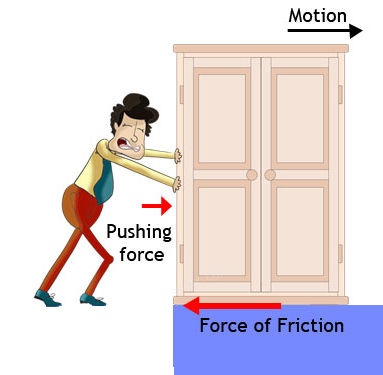


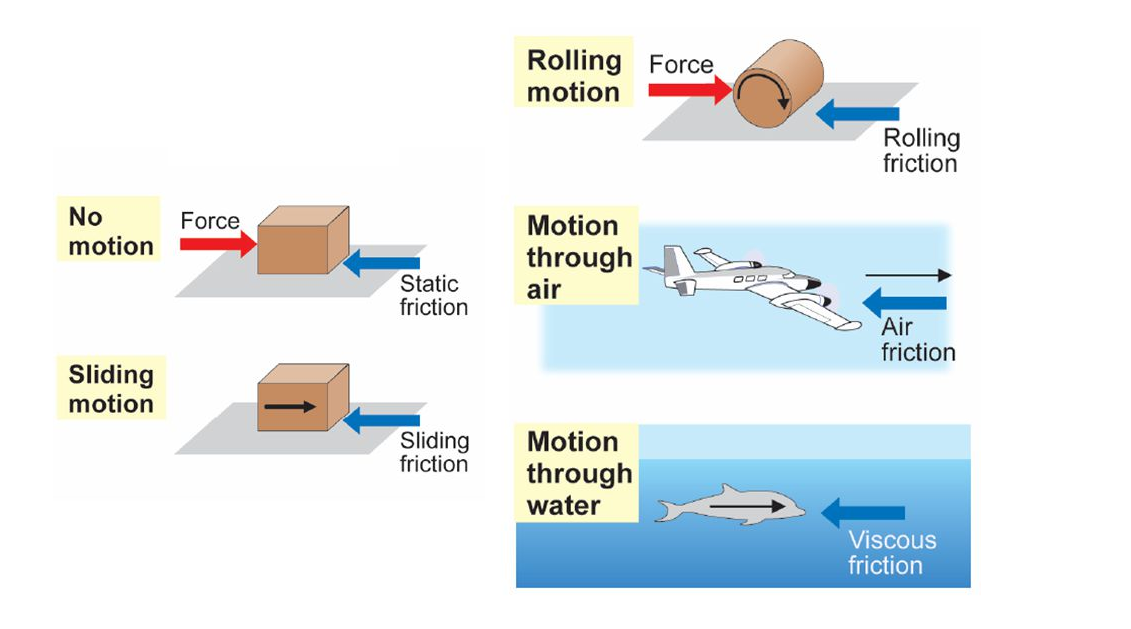
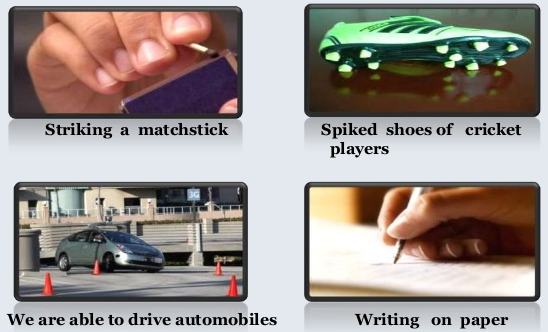
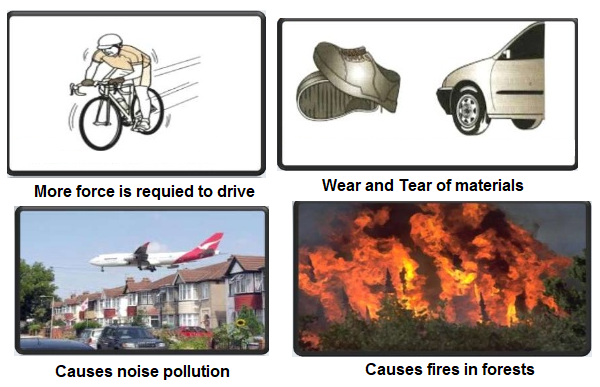


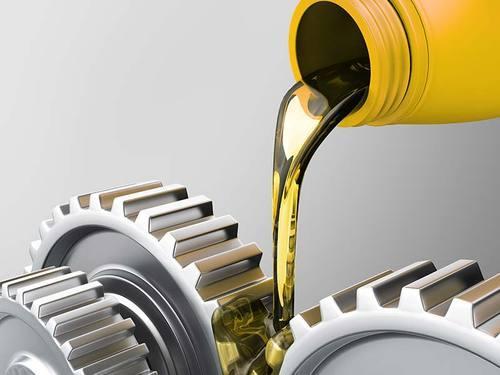
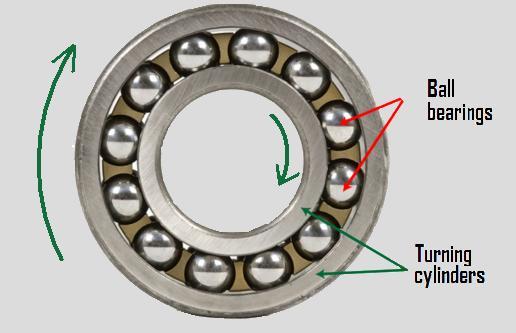
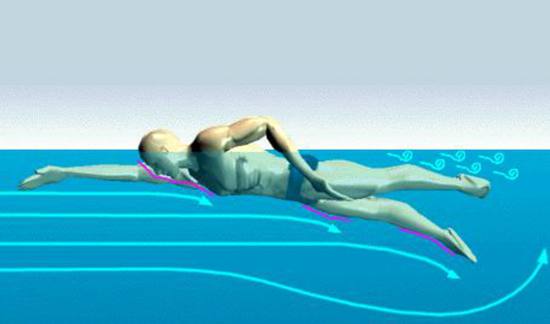


Leave a Reply